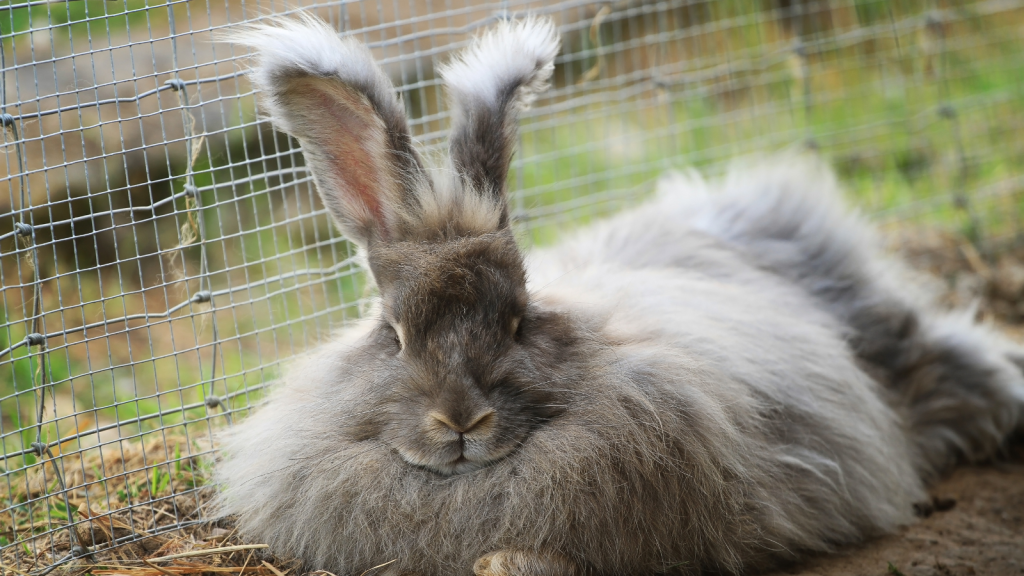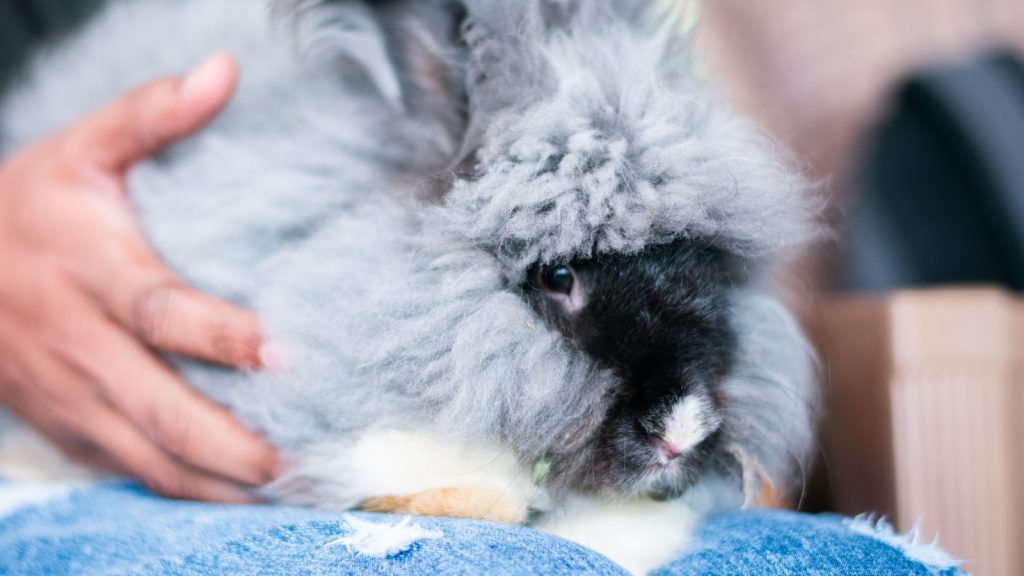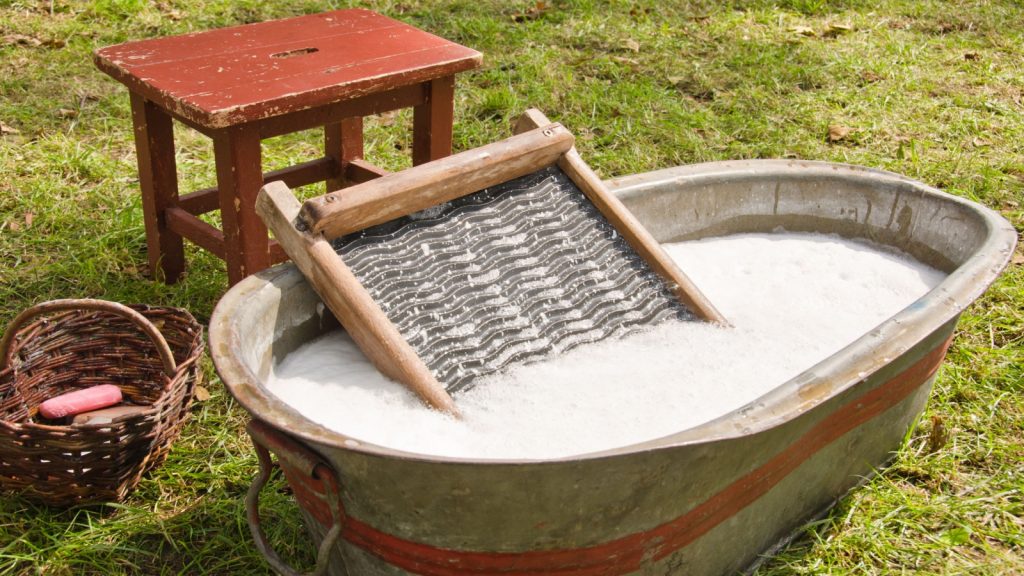When we first considered adding livestock to our small homestead, we were looking for animals that could thrive in limited space while providing multiple benefits. Angora rabbits quickly rose to the top of our list, and after three years of raising them, I can confidently say they’ve been one of our best homesteading decisions.
Angoras aren’t just adorable balls of fluff – they’re productive, low-maintenance fiber animals that can transform a modest homestead operation into a sustainable source of luxury fiber, fertilizer, and even income. Unlike larger livestock that require acres of pasture and substantial infrastructure, these rabbits can thrive in a corner of your backyard with minimal investment.
Each of our Angoras produces 12-16 ounces of wool annually, which we’ve learned to harvest, process, and spin into incredibly warm yarn that sells for premium prices at our local farmers market. The waste from their hutches creates some of the richest garden fertilizer we’ve ever used, significantly boosting our vegetable yields without purchasing commercial amendments.
Let’s explore the practical benefits that make Angora rabbits an excellent addition to any homestead, regardless of size.

1. Luxury Fiber Production in a Small Space
Angora rabbits produce some of the warmest, softest fiber on the planet – and they do it in remarkably small spaces. A single mature Angora can produce up to a pound of wool annually, depending on the breed. This fiber is approximately 7 times warmer than sheep’s wool and extraordinarily soft and lightweight.
Unlike sheep or alpacas that need acres of pasture, a standard rabbit hutch of 24×36 inches provides sufficient space for a single Angora. Four rabbits in a modest hutch setup can produce enough fiber for multiple sweaters, hats, gloves, and scarves each year.
French Angoras, the breed we selected for our homestead, have a nice balance of wool production and ease of care. Their wool doesn’t mat as extensively as some other Angora breeds, making harvesting easier with less frequent grooming requirements. English Angoras produce more wool but require daily grooming to prevent matting, while Giants produce massive amounts of fiber but need substantially more space.
2. Superior, Chemical-Free Fertilizer
Rabbit manure is one of gardening’s best-kept secrets. Unlike chicken, cow, or horse manure that must be composted before application, rabbit pellets can be applied directly to your garden beds without risk of burning plants.
Our rabbits produce approximately 1 pound of droppings per week per animal. This “cold” manure is rich in nitrogen, phosphorus, and potassium with an NPK ratio of roughly 2-1-1, making it an ideal all-purpose garden fertilizer.
We’ve designed our rabbit housing with wire-bottom cages positioned over collection trays that make harvesting this garden gold effortless. The trays catch both solid waste and urine, which we empty directly onto our garden beds or add to our compost pile. This waste management system keeps the rabbits clean while simultaneously creating a continuous supply of premium fertilizer.
Areas of our garden that receive regular applications of rabbit manure show noticeably improved soil structure, water retention, and plant vigor compared to beds where we use commercial fertilizers. Our tomato yields doubled after we started incorporating rabbit manure into those beds.
We use wire-bottomed housing for our angoras because being in constant contact with sawdust and droppings can cause their fur to get badly matted, which is uncomfortable for them. And ours do get plenty of “free range” outdoor time.
3. Low Feed and Space Requirements
Angora rabbits are remarkably efficient converters of feed to fiber. Each rabbit consumes about 1/2 cup of quality pellets daily, supplemented with appropriate hay (we use timothy hay) and occasional treats like dandelion greens, herbs, or small pieces of apple. Plus, of course, they’re free to graze as much as they like in their secure outdoor enclosure. This modest diet produces significant amounts of luxury fiber.
For comparison, an alpaca requires approximately 1.5-2 acres of pasture or significant amounts of hay, while our four Angoras together consume less than $200 worth of feed annually.
The compact nature of rabbit housing also makes them ideal for small-space homesteading. Angoras do need safe, temperature-controlled housing that’s big enough to comfortably accommodate them all, even when the weather is bad and they can’t be outdoors. However, even with their pasture enclosure and indoor and outdoor enclosures, they take up far less space than other fiber animals.
4. Multiple Income Streams
Angora rabbits can create several income opportunities for the homesteader:
Fiber sales are the most obvious opportunity. Raw Angora wool typically sells for $10-15 per ounce, with processed and dyed fiber commanding even higher prices. Handspun Angora yarn often fetches $25-40 per ounce at fiber festivals and specialty shops.
Beyond the raw materials, finished Angora products like hats, scarves, and gloves sell for premium prices. A simple hand-knit Angora hat with just 1-2 ounces of fiber can sell for $75-125 at craft markets.
Breeding stock provides another revenue stream. Quality Angora breeding rabbits typically sell for $75-150 each, depending on breed, quality, and your local market. We’ve found that selling young rabbits provides a steady supplemental income throughout the year.
Rabbit manure can also become a marketable product. We package excess dried rabbit manure in 5-pound bags that sell for $10 each at our local farmers market, primarily to urban gardeners looking for organic fertilizer options.
5. Manageable Breeding and Growth Cycle
Rabbits have earned their reputation for multiplication for good reason. A healthy doe (female rabbit) can produce 3-4 litters per year with 6-8 kits per litter. This means a single breeding pair can produce 18-32 offspring annually. I am not, by any means, recommending this. That’s a big operation that requires a lot of time, money, and care. And I don’t think it’s ethical to keep a doe constantly breeding.
For the fiber producer, this means rapidly expanding your fiber production or creating additional income through selling excess stock. Unlike larger livestock with lengthy gestation periods, rabbits have a quick 28-31 day gestation period.
Young Angoras grow quickly, reaching breeding age at 6-8 months. Their first harvestable wool comes at about 3-4 months of age. This rapid growth cycle means your initial investment can begin producing returns much faster than with larger fiber animals.
We manage our breeding schedule carefully to avoid overwhelming our space or the local market for breeding stock. Two productive does bred twice yearly provide us with plenty of replacement stock and animals to sell while maintaining a sustainable operation.
6. Low Entry Cost Compared to Other Fiber Animals
Starting with Angora rabbits requires minimal initial investment compared to other fiber-producing livestock:
- Quality breeding-age Angoras typically cost $75-150 each
- Basic housing can be built for $100-200 per cage setup
- Essential grooming tools cost approximately $50-75
- Feed and bedding for a year runs about $40-60 per rabbit
This means you can establish a productive fiber operation with two rabbits for under $500. Compare this to alpacas ($1,500-3,000+ each) or sheep ($300-500 each) plus the additional fencing, shelter, and pasture requirements, and Angoras become an attractive entry point for the aspiring fiber producer.
We started our Angora operation with just two rabbits and expanded gradually as we developed our skills in rabbit care and fiber processing. This measured approach allowed us to learn without significant financial risk.
7. Practical Size and Temperament
Angora rabbits typically weigh between 7-12 pounds (depending on breed), making them large enough to produce meaningful amounts of fiber but small enough to be easily handled by most people. Their manageable size means that family members of all ages can participate in their care.
Most Angoras have calm, gentle temperaments when handled regularly. This makes grooming, health checks, and wool harvesting much less stressful for both rabbit and handler. Our French Angoras are particularly docile and have become almost dog-like in their interactions with us, coming to the front of their hutches when we approach and tolerating handling with ease.
This manageable size and temperament makes Angoras an excellent livestock choice for families, older homesteaders, or those with physical limitations that might make handling larger animals difficult.
Different Angora Breeds for Different Needs
Before adding Angoras to your homestead, consider which breed best suits your specific goals:
- English Angoras produce the most wool (12-16 oz annually) but require daily grooming to prevent matting.
- French Angoras offer a good balance with moderate wool production (10-14 oz annually) and less intensive grooming requirements.
- Satin Angoras have exceptionally shiny fiber that commands premium prices but slightly lower production.
- Giant Angoras produce impressive amounts of wool but require more space and feed.
We chose French Angoras for our homestead because their care requirements aligned with our available time and their wool qualities suited our spinning and knitting projects. Their guard hairs make the wool slightly less soft than English Angora but significantly easier to harvest and process.
Getting Started with Angora Rabbits
If you’re considering adding these productive fiber animals to your homestead, here are the essentials to begin:
- Housing: Wire-bottom cages elevated off the ground provide the cleanest environment and simplest waste collection. Each adult needs a minimum 24×36 inch cage.
- Essential equipment: Food and water containers, grooming tools (slicker brush, wide-toothed comb, scissors), nail trimmers, and wool collection containers.
- Feed: High-quality rabbit pellets (18% protein for wool production), unlimited timothy hay, and occasional fresh greens and vegetables.
- Health basics: Find a rabbit-savvy veterinarian before emergencies arise, and research common rabbit health concerns.
By starting with just two or three quality animals and appropriate housing, you can establish a sustainable fiber operation that fits even the smallest homestead. The modest initial investment, combined with the multiple practical benefits of these remarkable animals, makes Angoras an excellent choice for homesteaders looking to maximize productivity in limited space.
Unlike many livestock options that require substantial land and infrastructure, Angora rabbits can transform even a suburban backyard into a productive fiber farm while simultaneously improving your garden soil and potentially creating supplemental income. Their practicality, combined with the luxury quality of their fiber, truly makes them a homesteader’s ideal small livestock.
James is a former logistics coordinator and wilderness safety instructor, whose practical experience taught him the value of sensible preparedness and calm resilience. Passionate about self-reliance, James teaches everyday skills—like water purification, emergency communication, and outdoor safety—to help people confidently handle life's disruptions without fear or overwhelm. His approachable style combines real-world insights with relatable, personal stories and experiences.



